Python Check If Variable Exists
In Python, variables are used to store values that can be accessed and manipulated throughout the program. However, there may be situations where it is necessary to determine if a variable exists before performing certain operations. This article will explore various methods to check for variable existence in Python and provide best practices for handling such scenarios.
Checking variable existence using the ‘in’ keyword
One simple way to verify if a variable exists in Python is by using the ‘in’ keyword. This keyword can be used to check if a particular variable is present in a given scope. For example, consider the following code snippet:
“`
if ‘my_variable’ in locals():
print(“Variable exists locally”)
if ‘my_variable’ in globals():
print(“Variable exists globally”)
“`
In the above code, the ‘in’ keyword is used to check if the variable ‘my_variable’ exists in the local and global scopes, respectively. If the variable is present, the corresponding message will be printed. This method is straightforward and provides a quick way to check for variable existence.
Employing the ‘try-except’ block to verify variable existence
Another approach to check if a variable exists in Python is by using the ‘try-except’ block. By wrapping the variable access in a try block and handling the exception if it is not found, we can effectively determine its existence. Consider the following code snippet:
“`
try:
my_variable
print(“Variable exists”)
except NameError:
print(“Variable does not exist”)
“`
In this example, the ‘try’ block attempts to access the variable ‘my_variable’. If the variable exists, the corresponding message is printed. Otherwise, a NameError exception is raised, and the ‘except’ block is executed, indicating that the variable does not exist.
Using the ‘globals()’ and ‘locals()’ functions for variable validation
The ‘globals()’ and ‘locals()’ functions can also be used to check for variable existence in Python. These functions return dictionaries containing the current global and local variable names as keys, respectively. By checking if a particular variable name exists in these dictionaries, its existence can be determined. Consider the following code snippet:
“`
if ‘my_variable’ in globals():
print(“Variable exists globally”)
if ‘my_variable’ in locals():
print(“Variable exists locally”)
“`
In this example, the ‘in’ keyword is used to check if the variable ‘my_variable’ exists in the dictionaries returned by the ‘globals()’ and ‘locals()’ functions. If the variable is present, the corresponding message will be printed.
Implementing the ‘hasattr()’ function to check for variable existence
Python provides the ‘hasattr()’ function, which can be used to check if an object has a specific attribute or variable. This function takes two arguments: the object and the attribute name. If the attribute exists, the ‘hasattr()’ function returns True; otherwise, it returns False. This can be useful for checking variable existence in Python. Consider the following code snippet:
“`
class MyClass:
my_variable = 10
if hasattr(MyClass, ‘my_variable’):
print(“Variable exists”)
“`
In this example, the ‘hasattr()’ function is used to check if the attribute ‘my_variable’ exists in the class ‘MyClass’. If the variable is present, the corresponding message will be printed.
Exploring the ‘dir()’ function to examine variable presence
The ‘dir()’ function in Python returns a list of names in the current local scope. It can be used to explore the variables present in the current scope and check for their existence. Consider the following code snippet:
“`
my_variable = 10
if ‘my_variable’ in dir():
print(“Variable exists”)
“`
In this example, the ‘dir()’ function is used to obtain a list of names in the current local scope, and the ‘in’ keyword is used to check if ‘my_variable’ exists in this list. If the variable is present, the corresponding message will be printed.
Leveraging the ‘inspect’ module for advanced variable validation
The ‘inspect’ module in Python provides a wide range of functionalities to introspect live objects, including variables. By utilizing the ‘getattr()’ function from the ‘inspect’ module, we can effectively check if a variable exists. Consider the following code snippet:
“`
import inspect
def my_function():
my_variable = 10
if hasattr(inspect.currentframe().f_back.f_locals, ‘my_variable’):
print(“Variable exists”)
“`
In this example, the ‘hasattr()’ function is used with ‘inspect.currentframe().f_back.f_locals’, which represents the local variables of the calling function. If the variable ‘my_variable’ exists in this context, the corresponding message will be printed.
Best practices for handling variable existence in Python
When working with variables in Python, it is essential to follow some best practices to ensure proper handling of variable existence:
1. Explicitly declare variables: Always declare variables before using them to avoid any ambiguity or error in the program.
2. Use meaningful variable names: Choose descriptive names for variables to improve code readability and make it easier to understand their purpose.
3. Initialize variables appropriately: Initialize variables with an appropriate default value if they are expected to be empty or unbound initially.
4. Leverage the ‘try-except’ block selectively: While the ‘try-except’ block can be helpful in certain scenarios, it should not be overused. Only use it when necessary to handle specific exceptions related to variable existence.
5. Document variable dependencies: If a function or module relies on certain variables, document these dependencies to ensure that other developers are aware of the expected variables.
FAQs
Q: How can I check if a variable is unbound in Python?
A: An unbound variable in Python refers to a variable that has not been assigned a value. To check if a variable is unbound, you can use the ‘is’ operator with the ‘None’ keyword. For example:
“`
my_variable = None
if my_variable is None:
print(“Variable is unbound”)
“`
Q: How can I check if an environment variable exists in Python?
A: Python provides the ‘os’ module, which includes functions to interact with the operating system. To check if an environment variable exists, you can use the ‘os.environ’ dictionary and the ‘in’ keyword. For example:
“`
import os
if ‘MY_VARIABLE’ in os.environ:
print(“Environment variable exists”)
“`
Q: How can I check if a variable is empty in Python?
A: The concept of an empty variable depends on its type. For example, to check if a list or string variable is empty, you can use the ‘len()’ function. For other types, you can use specific methods or functions to check emptiness. For example:
“`
my_list = []
if len(my_list) == 0:
print(“List is empty”)
my_string = “”
if len(my_string) == 0:
print(“String is empty”)
“`
Q: How can I check if a variable does not exist in Python?
A: You can use any of the methods discussed in this article, such as the ‘in’ keyword, ‘hasattr()’ function, or ‘try-except’ block, with the negation operator ‘not’ to check if a variable does not exist. For example:
“`
my_variable = None
if ‘my_variable’ not in locals():
print(“Variable does not exist”)
“`
Q: How can I check if a key exists in an array in Python?
A: In Python, arrays are implemented as lists. To check if a key exists in a list, you can use the ‘in’ keyword. For example:
“`
my_list = [1, 2, 3]
if 2 in my_list:
print(“Key exists in the list”)
“`
Q: How can I check if a variable is set or not in Python?
A: To check if a variable is set in Python, you can use any of the methods discussed in this article, such as the ‘in’ keyword, ‘hasattr()’ function, or ‘try-except’ block. If the variable is set and has a value, it will be considered as existing.
How To Check If A Variable Exists In Python
Keywords searched by users: python check if variable exists Python check if variable unbound, Python check environment variable exists, If variable is empty Python, Exist python variable, If not exist python, Python check key in array, Isset python, Python if-else one line
Categories: Top 44 Python Check If Variable Exists
See more here: nhanvietluanvan.com
Python Check If Variable Unbound
Python is a powerful and versatile programming language that offers a wide range of features to its users. One of the essential aspects of programming in Python, or any programming language for that matter, is handling variables. In Python, variables are used to store values, which can be of different data types, including integers, strings, lists, or even custom objects. While using variables, it is crucial to ensure they are properly bound and accessible throughout the code. This article explores the concept of checking if a variable is unbound in Python, why it is important, and how it can be achieved.
Understanding Variable Binding in Python
In Python, variable binding refers to the process of associating a name with an object. When a variable is bound, it means that it has been assigned a value and can be accessed and referenced within the code. Similarly, when a variable is unbound, it means that it has no associated value and attempting to use it will result in an error.
Variables in Python are dynamically typed, meaning they can have their data type changed during runtime. This flexibility allows for more dynamic programming, but it also increases the possibility of variables becoming unbound if not correctly handled.
Checking if a Variable is Unbound
Python provides two primary methods to check if a variable is unbound: using the `globals()` function or using a `try-except` block.
1. Using the `globals()` function:
The `globals()` function returns a dictionary representing the current global symbol table, which includes all variables and functions defined in the global scope. By checking if the variable exists in the returned dictionary, we can determine if it is unbound or not.
“`python
variable_name = ‘some_variable’
if variable_name in globals():
print(“The variable is bound.”)
else:
print(“The variable is unbound.”)
“`
2. Using a `try-except` block:
Another approach is to use a `try-except` block, where we try to access the variable and handle the `NameError` exception if it occurs. If the code inside the `try` block throws a `NameError`, it implies that the variable is unbound.
“`python
try:
some_variable
print(“The variable is bound.”)
except NameError:
print(“The variable is unbound.”)
“`
Both methods yield the same result: determining if a variable is unbound or not. The choice between them depends on personal preference or the specific requirements of the code.
Frequently Asked Questions
Q1: Why is it important to check if a variable is unbound?
A1: Checking if a variable is unbound helps prevent errors and ensures the code runs smoothly. If an unbound variable is accessed, it will throw a `NameError` exception, disrupting the execution and potentially leading to unexpected behavior or program crashes. By checking variable binding, you can handle it appropriately and avoid these issues.
Q2: Can variables be unbound within a function?
A2: Yes, variables can be unbound not only in the global scope but also within function scopes. The same methods (`globals()` and `try-except`) can be utilized to check the binding of variables within functions.
Q3: Can a variable be unbound after being assigned a value?
A3: Yes, a variable can become unbound even after being assigned a value. This can happen if the variable’s value is deleted, overwritten, or if the variable goes out of scope.
Q4: Is it necessary to check every variable for binding?
A4: The need to check variables for binding depends on the specific requirements of your code. If there is a possibility that a variable may be unbound at a particular point, it is recommended to perform the check to avoid potential errors.
Q5: Are there any tools available to detect unbound variables automatically?
A5: Python provides various static code analysis tools, such as PyLint and Flake8, which can help detect unbound variables and other potential issues in your code. These tools analyze the code statically, without executing it, and provide warnings or errors if unbound variables are detected.
In conclusion, checking if a variable is unbound is a crucial aspect of programming in Python. It helps prevent errors, ensure program stability, and handle variables appropriately. By using the `globals()` function or a `try-except` block, Python developers can easily determine if a variable is bound or unbound. Remember to incorporate this practice into your coding habits to improve the quality and reliability of your Python programs.
Python Check Environment Variable Exists
In Python, environment variables play a crucial role in setting up and customizing the runtime and behavior of a program. Environment variables are dynamic values that can affect the behavior of processes running on a computer. They provide a way to pass information from the operating system to various programs, including Python scripts.
Checking whether an environment variable exists in Python is a common task when working with configuration files, application settings, or system-related operations. In this article, we will explore different methods to check the existence of an environment variable in Python and how to handle different scenarios effectively.
Methods to Check Environment Variable Existence:
1. Using os module:
The os module in Python provides various methods to interact with the operating system, including accessing environment variables. The `os.getenv(varname)` function allows us to retrieve the value of an environment variable by specifying its name, `varname`. If the environment variable exists, it returns the value; otherwise, it returns `None`.
“`python
import os
env_var = os.getenv(‘MY_VARIABLE’)
if env_var:
print(“Environment variable exists”)
else:
print(“Environment variable does not exist”)
“`
The above code snippet demonstrates how to use `os.getenv()` to check the existence of an environment variable. If `env_var` has a non-empty value, it means the environment variable exists.
2. Using os.environ:
The `os` module also provides a dictionary-like object called `os.environ` that allows access to the current environment variables as key-value pairs. We can directly check if a specific environment variable exists by using its key in the `os.environ` dictionary.
“`python
import os
if ‘MY_VARIABLE’ in os.environ:
print(“Environment variable exists”)
else:
print(“Environment variable does not exist”)
“`
In the above example, we check if the key `’MY_VARIABLE’` exists in the `os.environ` dictionary. If it does, then the environment variable exists.
3. Using try-except block:
Another approach to check the existence of an environment variable is by accessing it directly and handling `KeyError` exception if it doesn’t exist.
“`python
import os
try:
env_var = os.environ[‘MY_VARIABLE’]
print(“Environment variable exists”)
except KeyError:
print(“Environment variable does not exist”)
“`
Here, we attempt to access the environment variable `’MY_VARIABLE’` directly from `os.environ`. If it exists, the program proceeds without raising an exception; otherwise, it catches the `KeyError` exception and assumes that the environment variable doesn’t exist.
Frequently Asked Questions (FAQs):
Q1. Can a Python script create or modify environment variables?
Yes, Python provides the `os.environ` object that can be used to create, modify, or delete environment variables within the script. However, changes made by a script are limited to the script’s environment and will not affect the parent process or other running programs.
Q2. How can I assign a default value to an environment variable if it doesn’t exist?
Setting a default value for an environment variable can be achieved using the `or` operator in conjunction with `os.getenv()`. By providing a fallback value in case the environment variable is not found, you can ensure your script continues to work without interruption.
“`python
import os
env_var = os.getenv(‘MY_VARIABLE’) or ‘default_value’
“`
Q3. How can I check if an environment variable exists without considering its value?
If your aim is to solely determine the existence of an environment variable and not its value, you can use the `os.environ.get()` method. It returns `None` if the variable is not found, irrespective of the actual value.
“`python
import os
env_var = os.environ.get(‘MY_VARIABLE’)
if env_var is not None:
print(“Environment variable exists”)
else:
print(“Environment variable does not exist”)
“`
By using `os.environ.get()`, you can avoid capturing the value of the variable when you only need to check its existence.
In conclusion, checking whether an environment variable exists is a fundamental task when working with Python scripts that require interaction with the operating system. By utilizing methods such as `os.getenv()`, `os.environ`, or try-except blocks, developers can determine the existence of environment variables in an efficient and structured manner. Proper understanding and handling of environment variables help ensure the smooth execution of Python programs across different environments and configurations.
If Variable Is Empty Python
In Python, variables are used to store data or values that can be accessed and manipulated throughout the program. Sometimes, it is necessary to check if a variable is empty, i.e., it does not contain any value or data. In this article, we will explore various methods to determine if a variable is empty in Python. We will also discuss some frequently asked questions about this topic.
When we talk about empty variables in Python, we are referring to variables that either have not been assigned any value or have been explicitly assigned an empty value. Python provides several ways to check if a variable is empty, depending on the type of variable and the desired outcome.
Checking if a variable is empty can be useful in multiple scenarios. For instance, it can be helpful to avoid errors when trying to access or manipulate variables that have not been properly initialized. Additionally, it can be used to validate user input or to check if a specific condition is met before executing a certain block of code.
Now let’s dive into the different methods and techniques to check if a variable is empty in Python:
1. Using the `if` statement:
The most commonly used method to check if a variable is empty is by using the `if` statement. This method checks if the variable evaluates to `True` or `False`. If the variable evaluates to `False`, it is considered empty. Here’s an example:
“`python
var = None # Empty variable
if not var:
print(“Variable is empty”)
else:
print(“Variable is not empty”)
“`
In the above code snippet, the variable `var` is initialized as `None`, which represents an empty value in Python. The `if not var` statement checks if `var` evaluates to `False`, and if so, the message “Variable is empty” is printed.
2. Using the `len()` function:
If you are working with data structures like lists, strings, or dictionaries, you can check if a variable is empty by using the `len()` function. This function returns the number of elements in the data structure. If the length is zero, it means the variable is empty. Here’s an example:
“`python
my_list = [] # Empty list
if len(my_list) == 0:
print(“List is empty”)
else:
print(“List is not empty”)
“`
In the above code snippet, the `len()` function is used to determine the length of `my_list`. If the length equals zero, the message “List is empty” is printed.
3. Using the `not` keyword:
The `not` keyword can be used to directly check if a variable is empty, without the need for an `if` statement. For example:
“`python
var = “” # Empty string
if not var:
print(“Variable is empty”)
else:
print(“Variable is not empty”)
“`
In this case, the `if not var` statement evaluates to `True` since an empty string evaluates to `False`. Therefore, the message “Variable is empty” is printed.
Frequently Asked Questions:
Q: Can we check if a variable is empty even if it has been defined?
A: Yes, you can check if a variable is empty even if it has been defined. The techniques mentioned above, such as using the `not` keyword or checking the length with `len()`, can be used regardless of whether the variable has been assigned a value or not.
Q: Is there a difference between an empty variable and a variable set to `None`?
A: Yes, there is a difference between an empty variable and a variable set to `None`. An empty variable is one that has not been assigned any value, whereas a variable set to `None` has been explicitly assigned the value of `None`. Both cases can be considered as empty in different contexts.
Q: What happens if I try to access an empty variable?
A: If you try to access an empty variable without checking it beforehand, you may encounter an error. It is always best practice to check if a variable is empty before performing any operations on it to avoid unexpected errors.
Q: Can I use the methods mentioned above to check if a variable is empty for all data types?
A: Yes, the methods mentioned above can be used to check if a variable is empty for various data types, including lists, strings, dictionaries, tuples, and more. However, the specific method used may vary depending on the data structure and the desired outcome.
In conclusion, checking if a variable is empty in Python is an essential practice to ensure your code runs smoothly and avoids unexpected errors. By using techniques such as the `if` statement, the `len()` function, and the `not` keyword, you can effectively determine if a variable is empty and take appropriate actions based on the result. Remember to always validate user input and check variables before accessing or manipulating them to maintain the stability of your Python programs.
Images related to the topic python check if variable exists

Found 31 images related to python check if variable exists theme






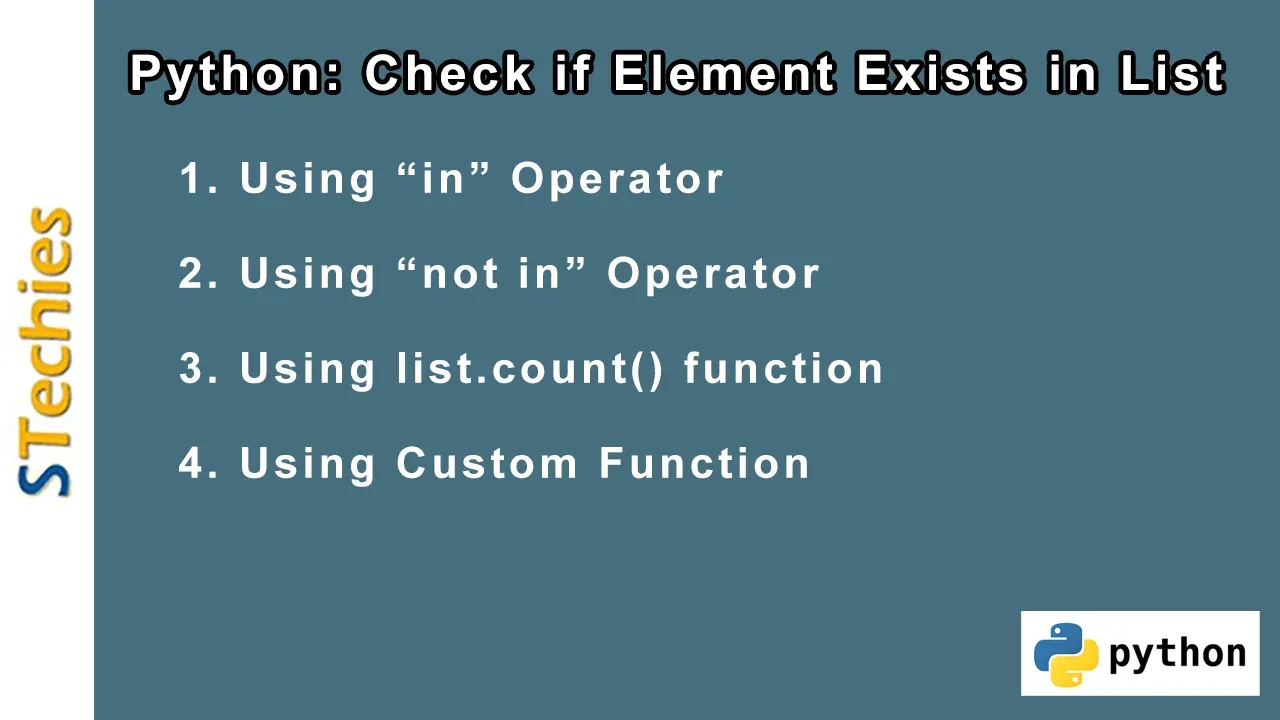



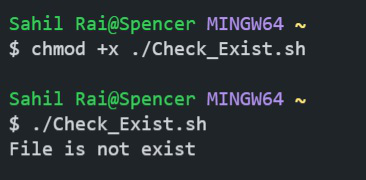






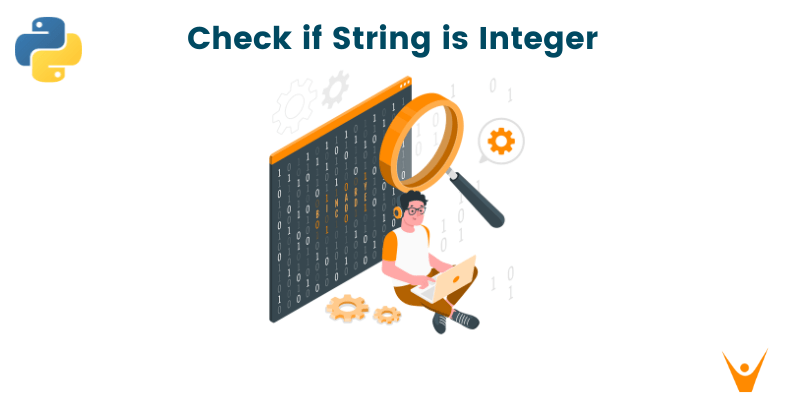
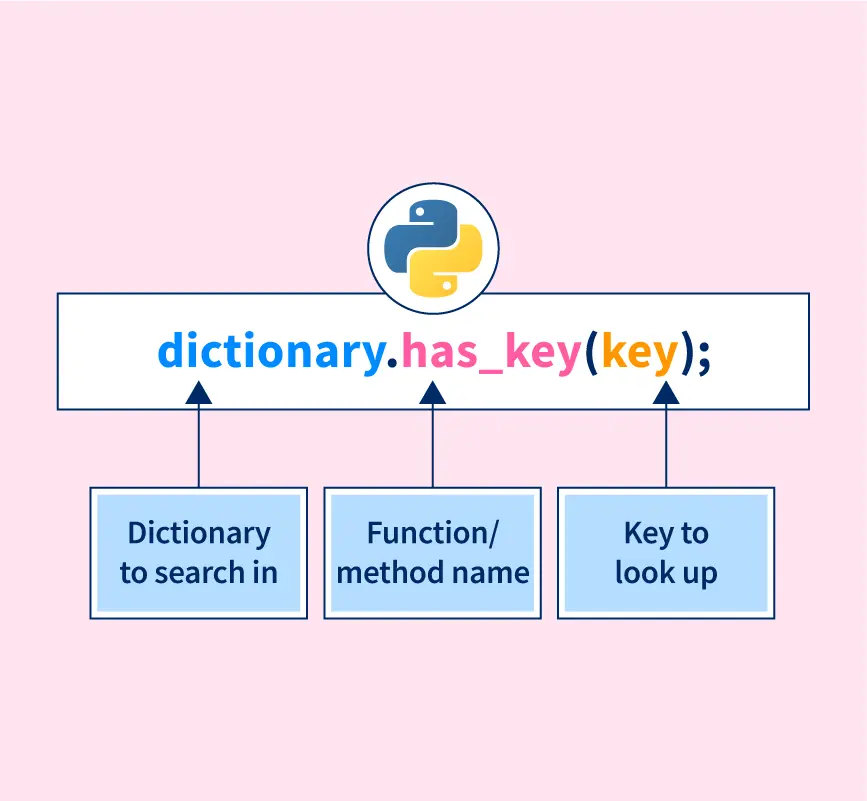

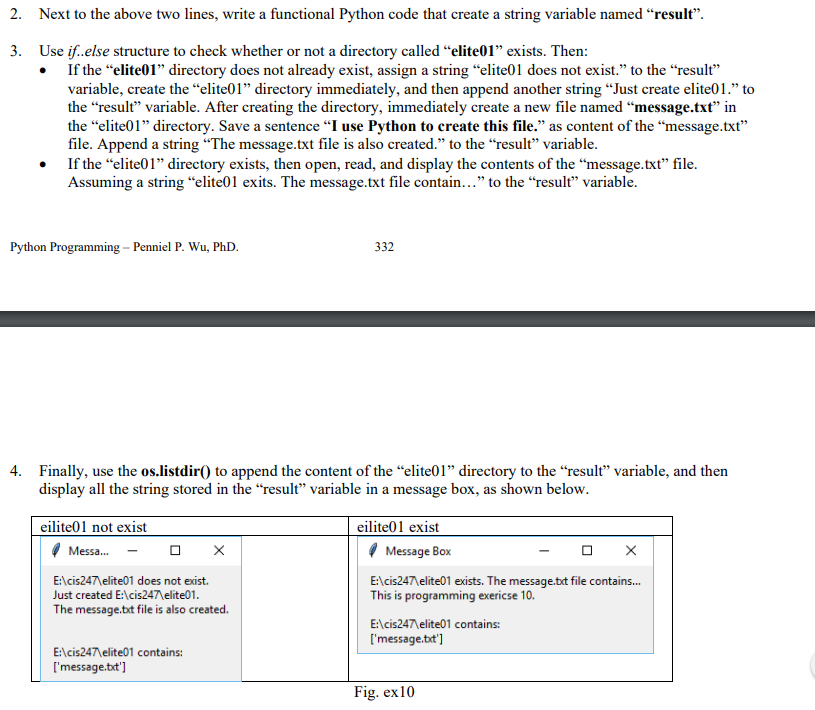



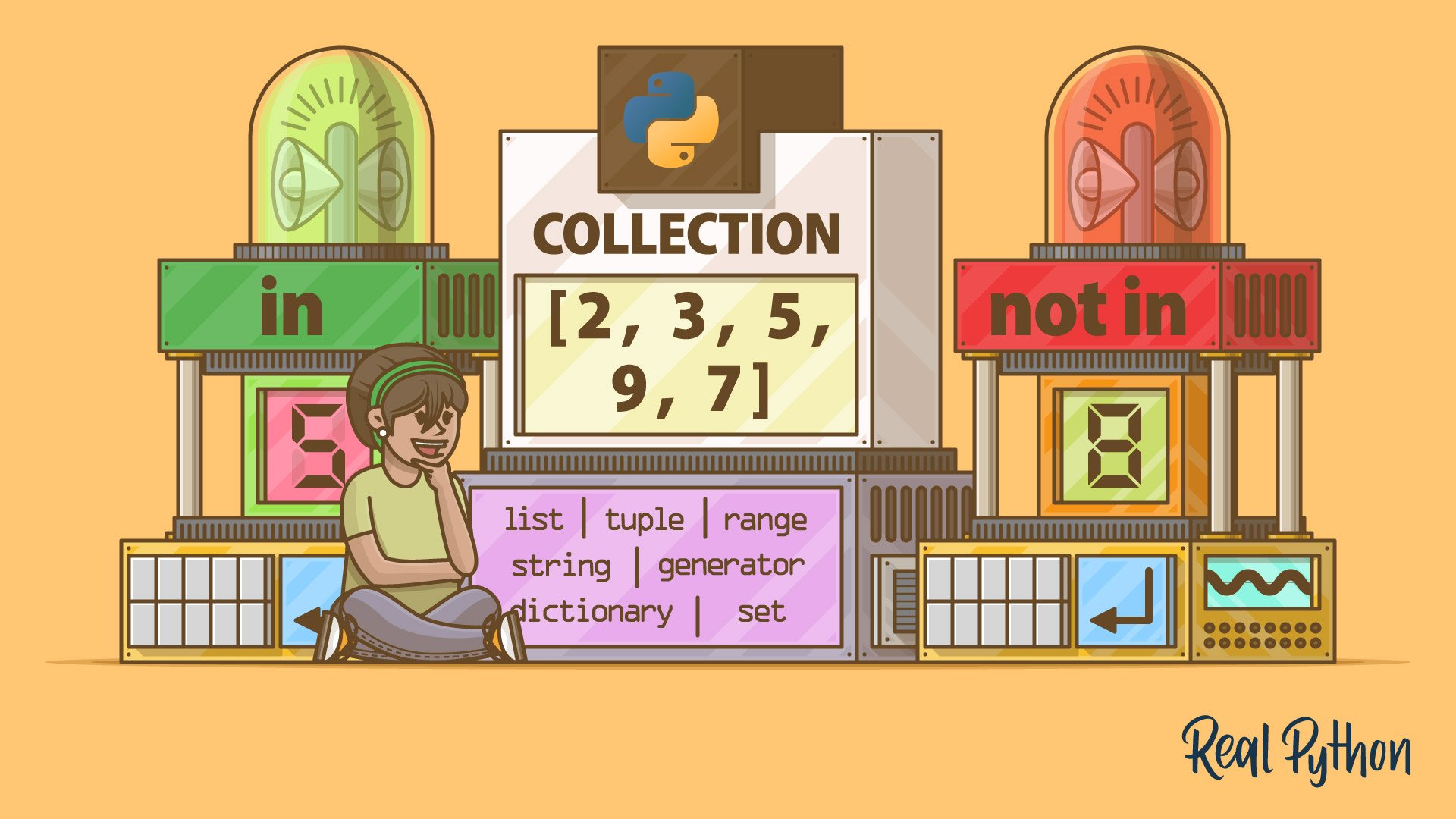
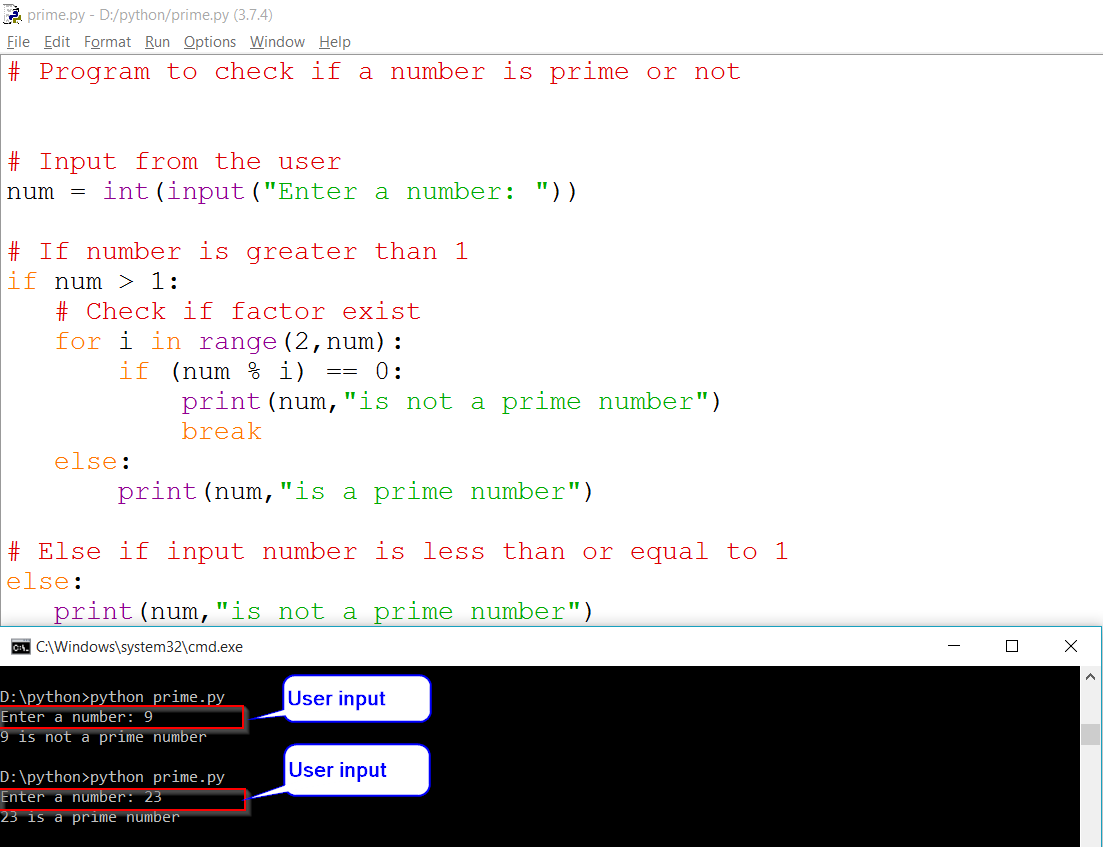
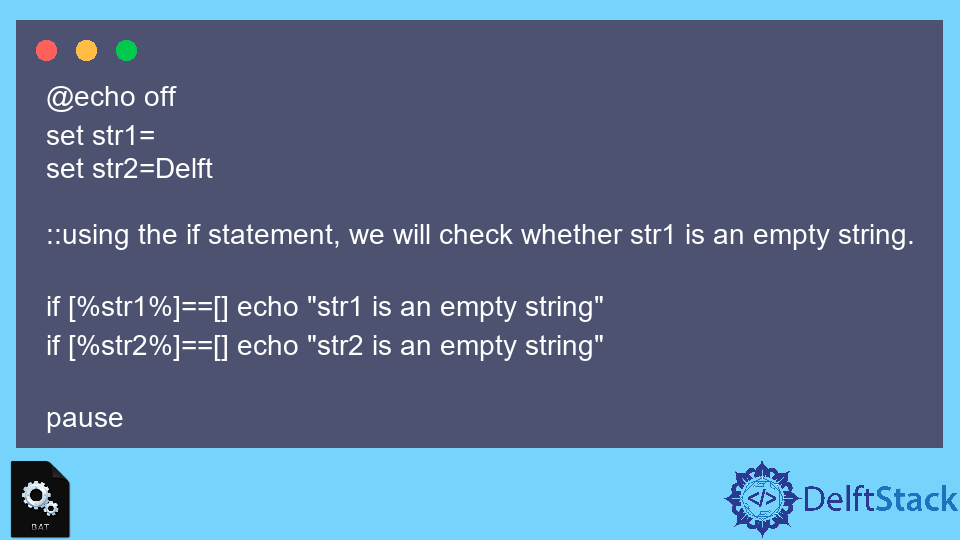


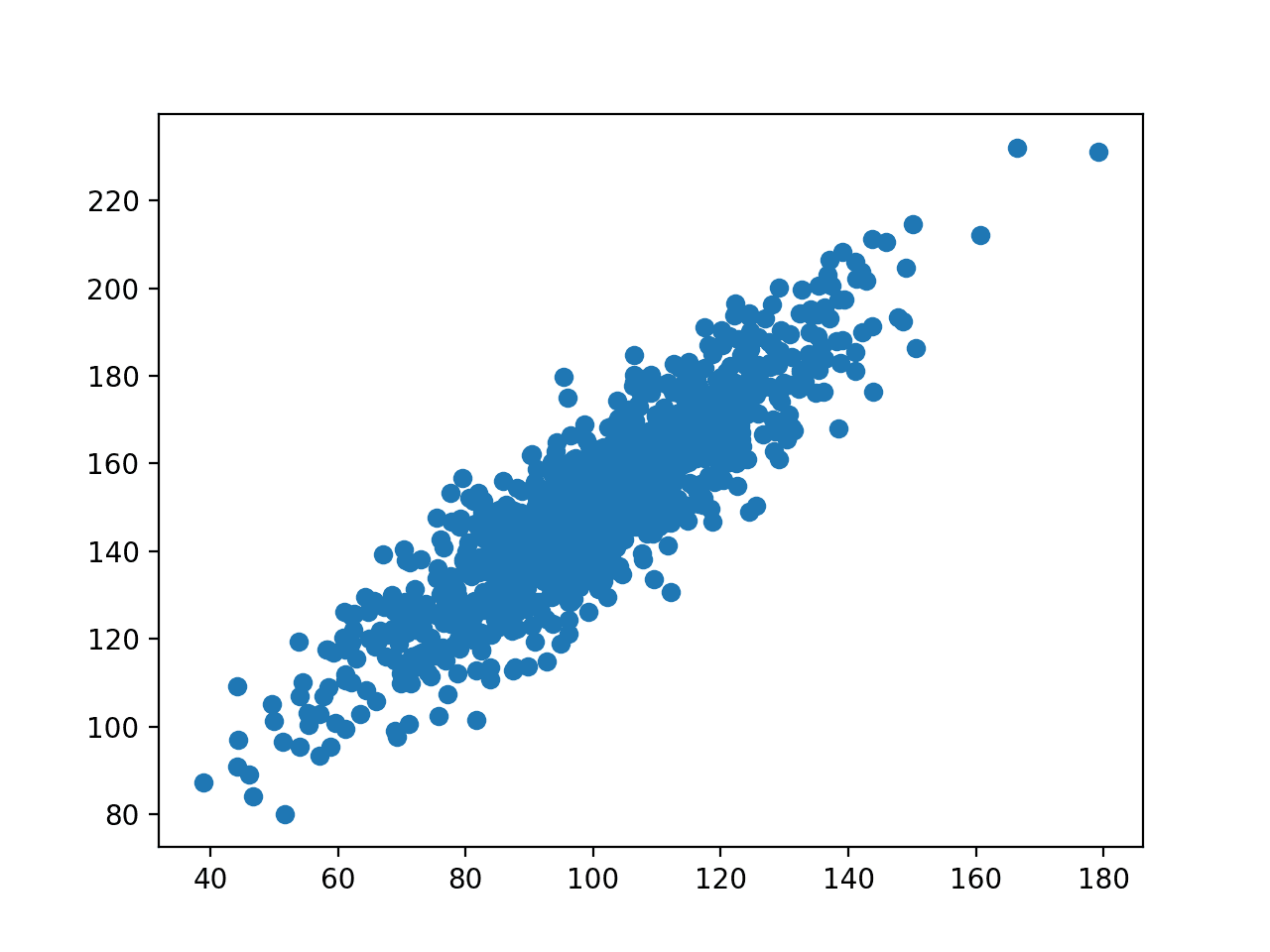
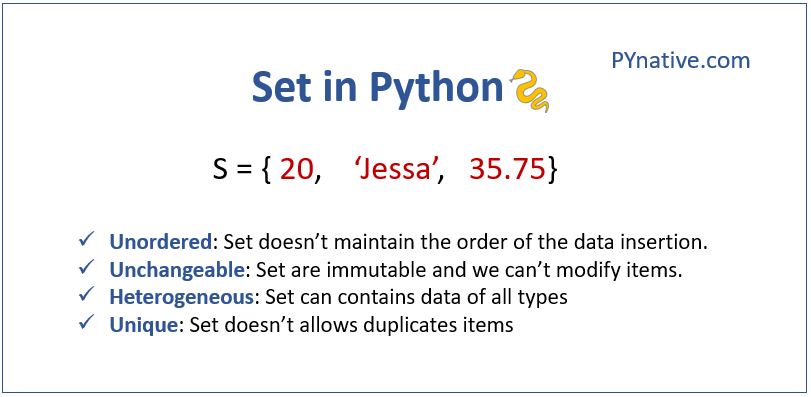



![Global Variable in Python With Examples [Updated] | Simplilearn Global Variable In Python With Examples [Updated] | Simplilearn](https://www.simplilearn.com/ice9/free_resources_article_thumb/GlobalVariableinPython_5.png)
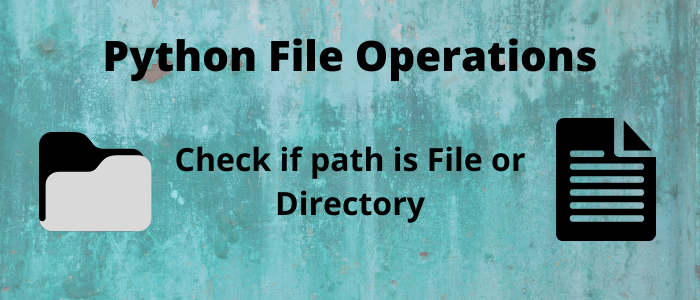
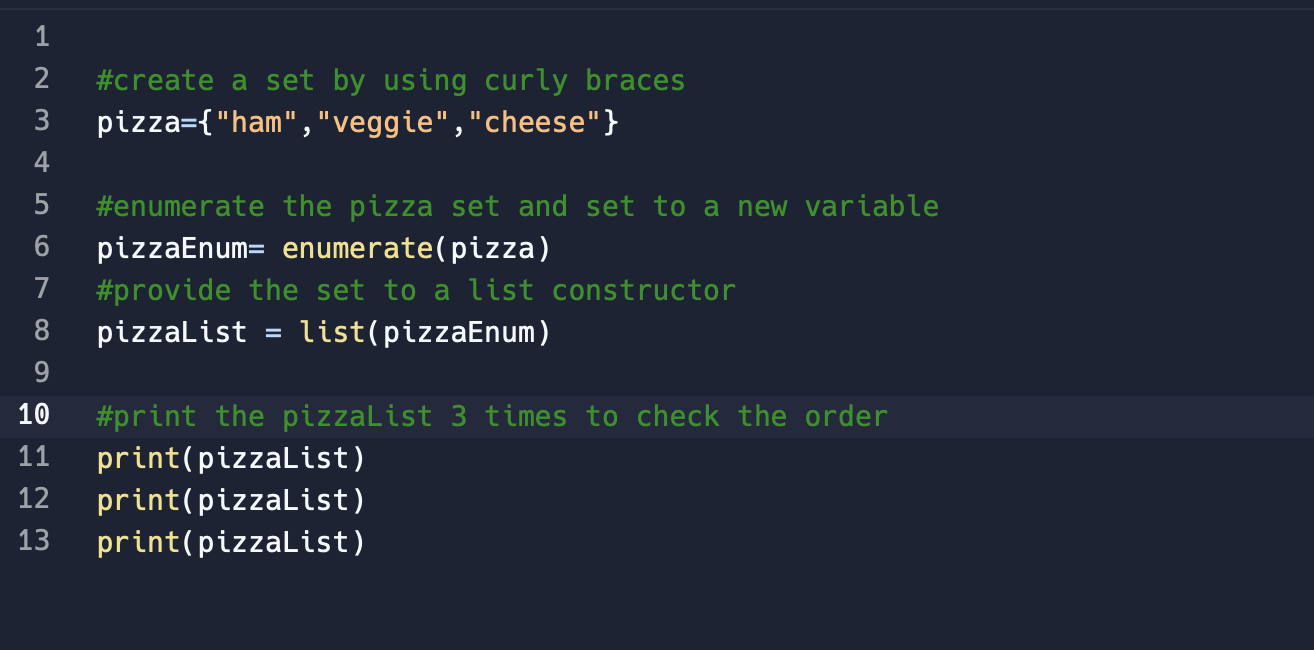

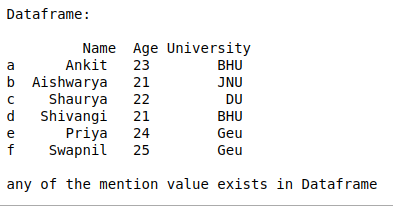

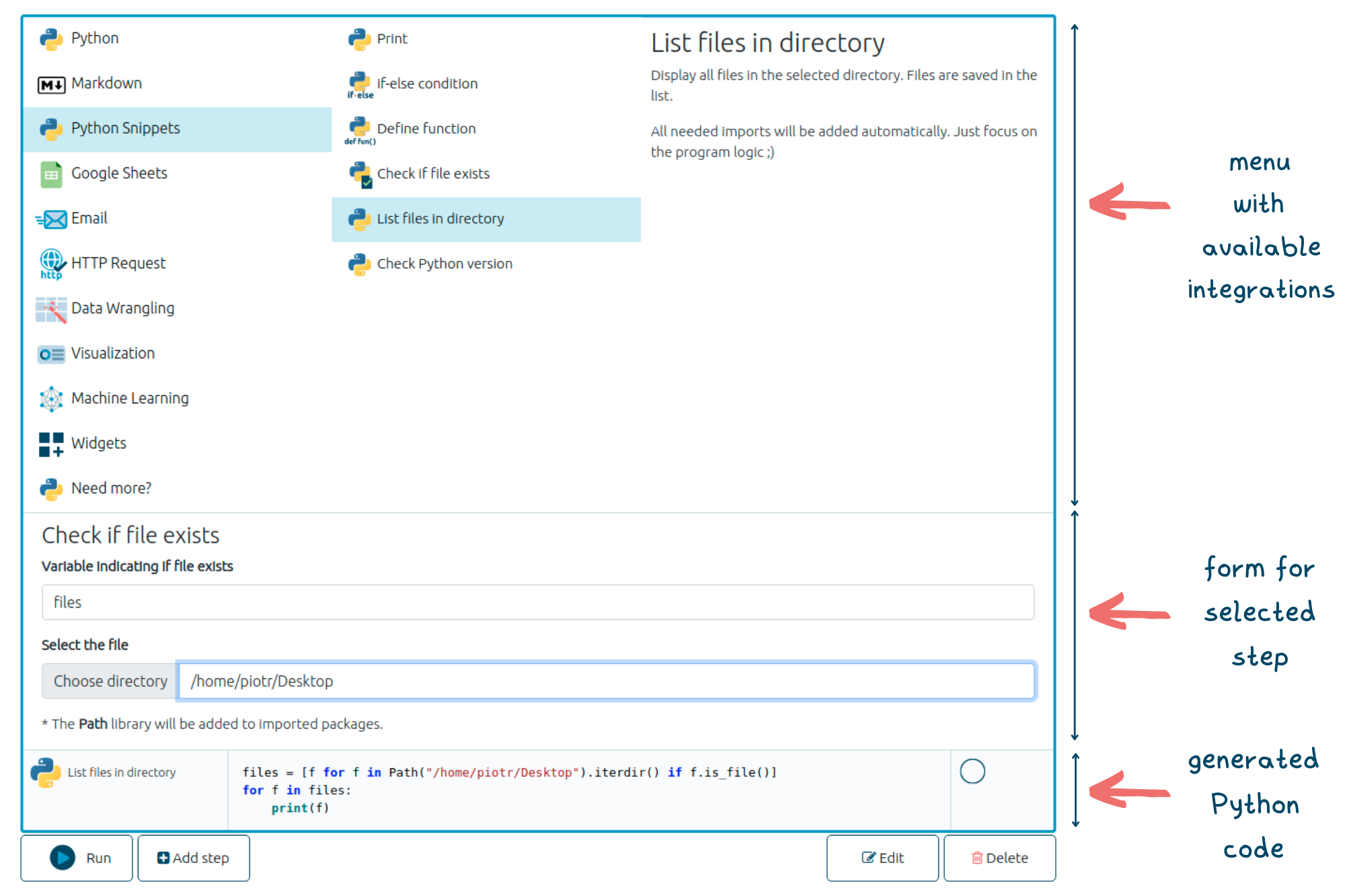

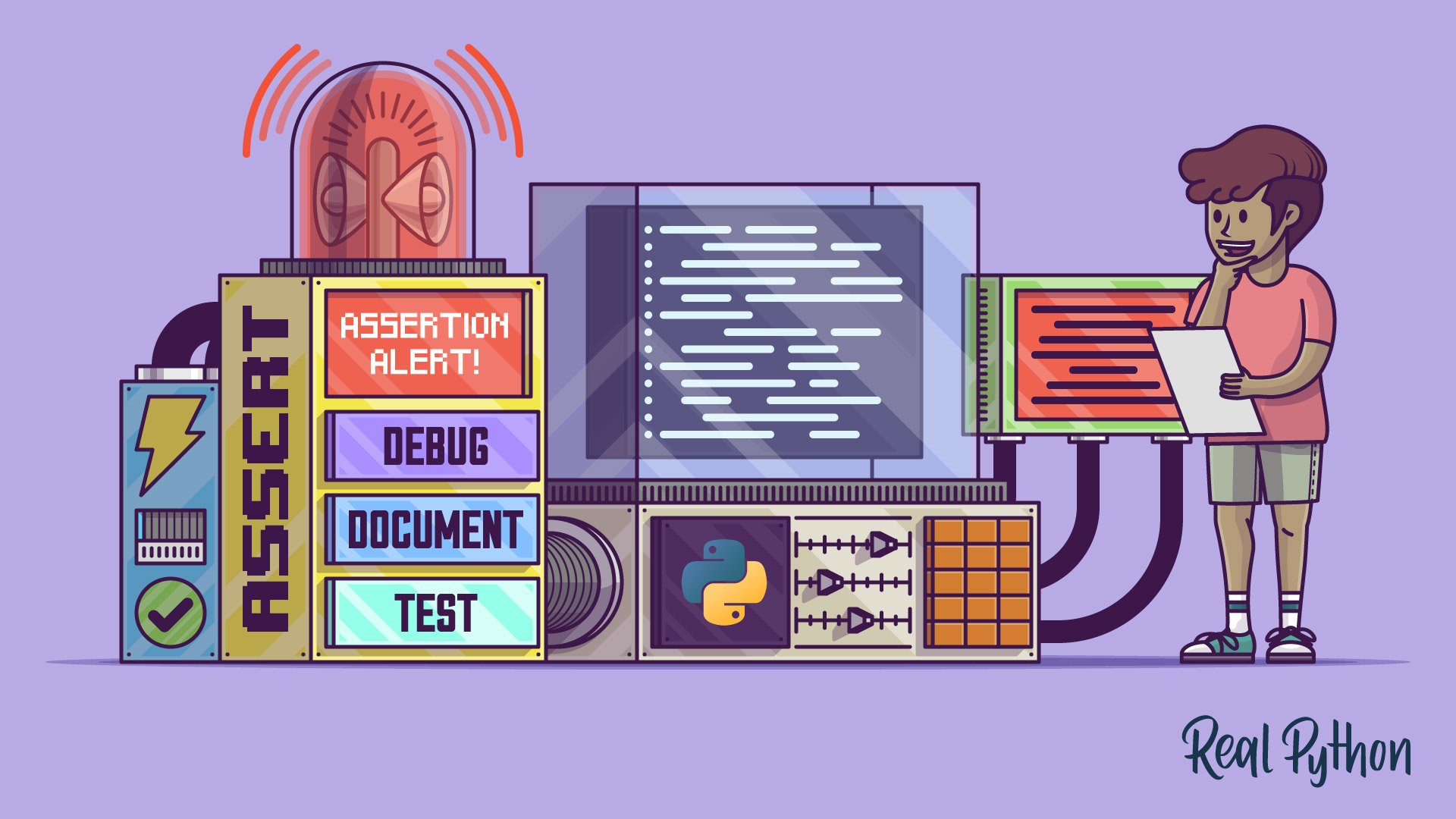

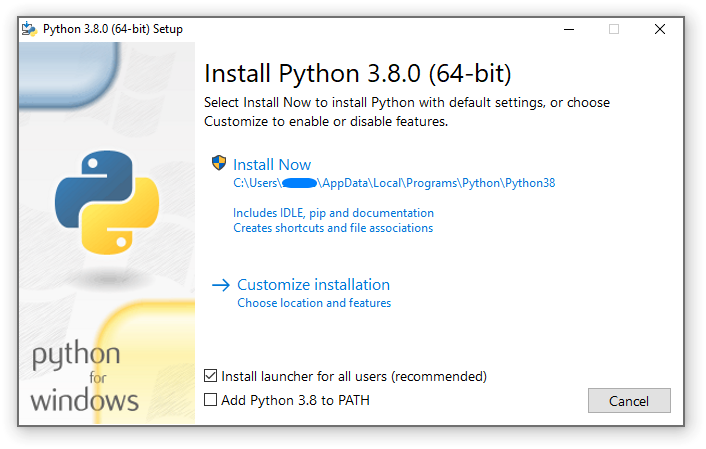



Article link: python check if variable exists.
Learn more about the topic python check if variable exists.
- How do I check if a variable exists? – Stack Overflow
- How to check if a Python variable exists? – GeeksforGeeks
- How to Check if a Variable Exists in Python – Studytonight
- Testing if a Variable Is Defined – Python Cookbook [Book]
- How do I check if a Python variable exists – Tutorialspoint
- 3 Easy Ways to Check If Variable Exists in Python – AppDividend
- How to Check If Variable Exists in Python? – Scaler Topics
- How to check if a variable exists in Python – Adam Smith
- How do I check if a variable exists? – W3docs
- Check if a variable exists or not in Python – CodeSpeedy
See more: nhanvietluanvan.com/luat-hoc